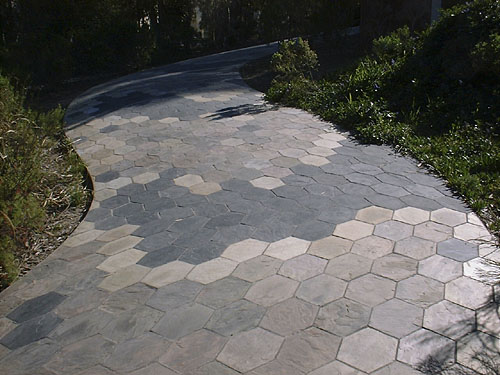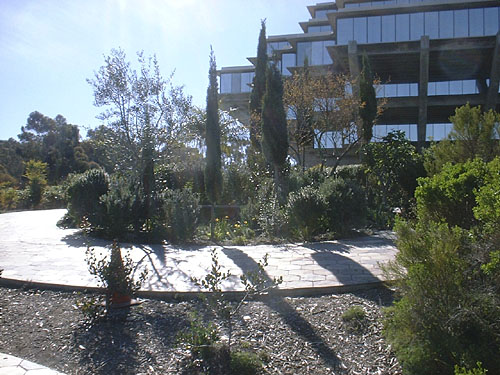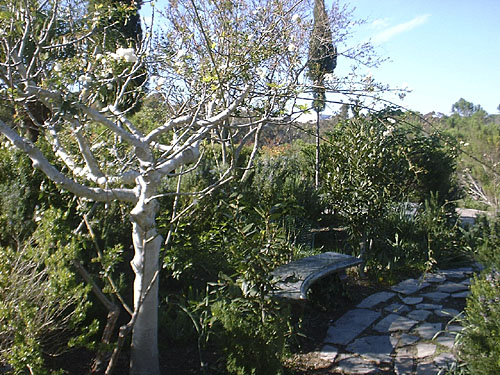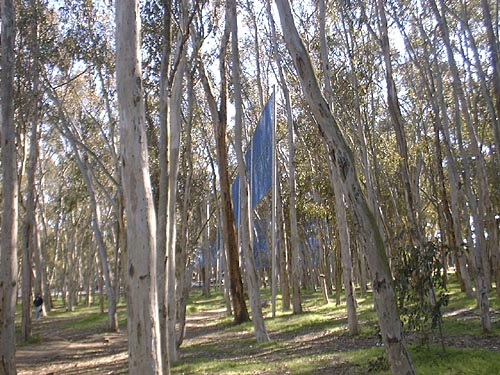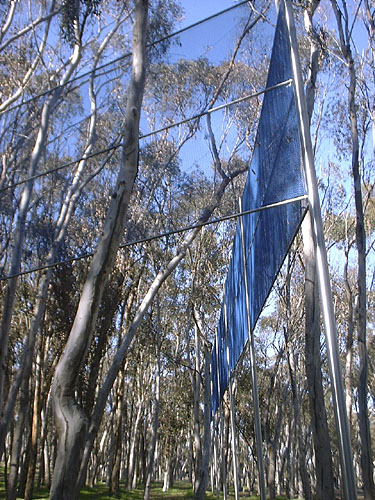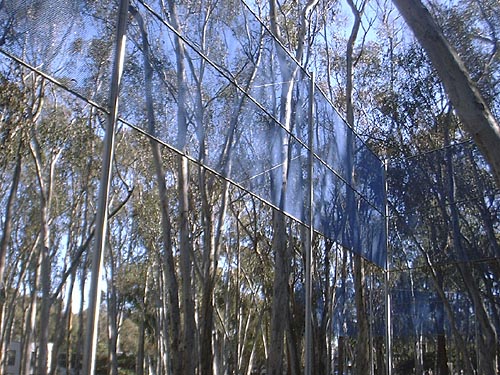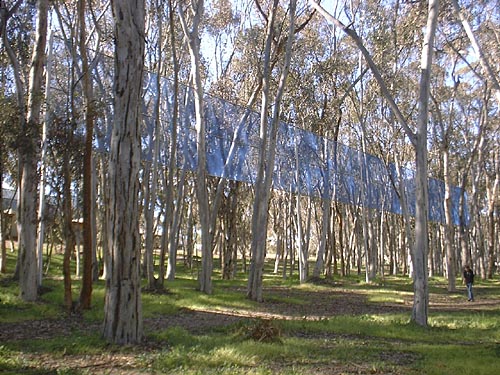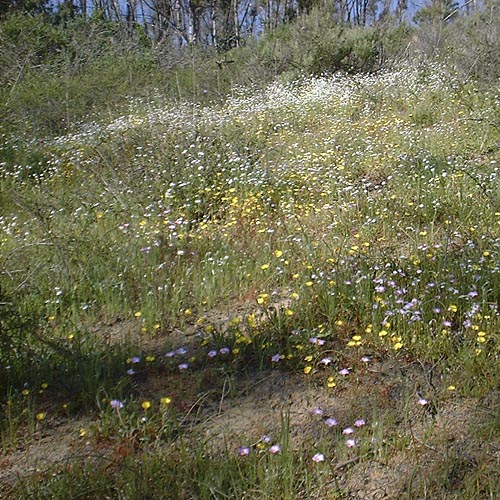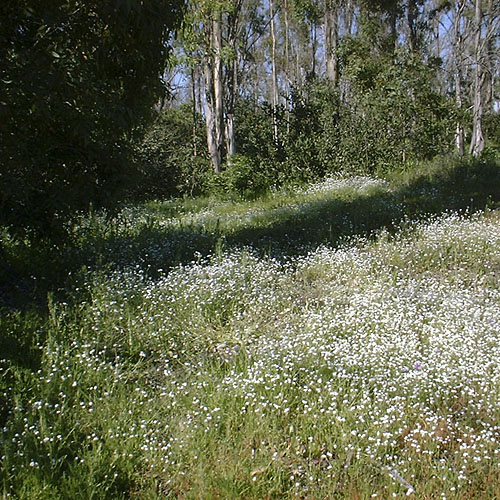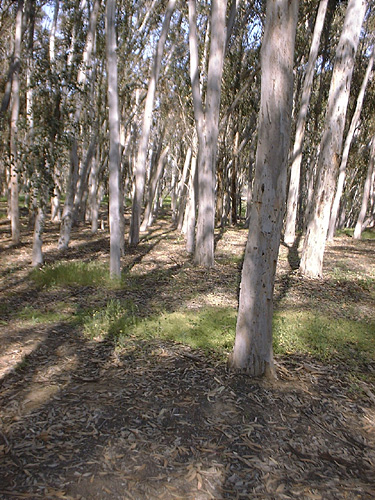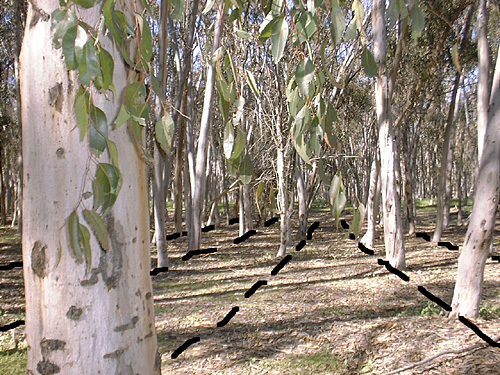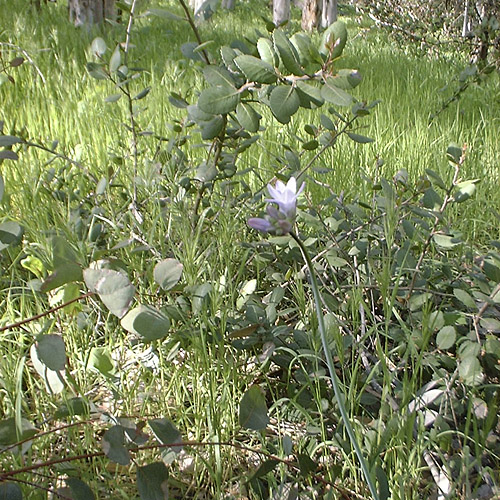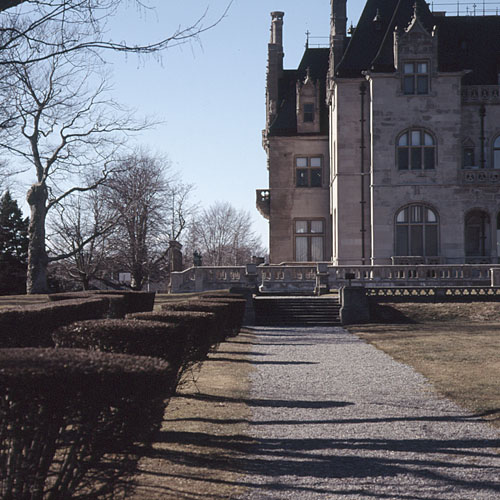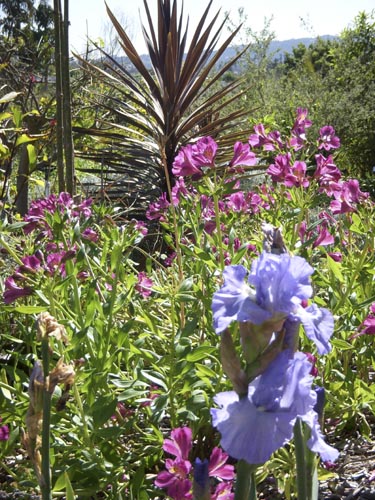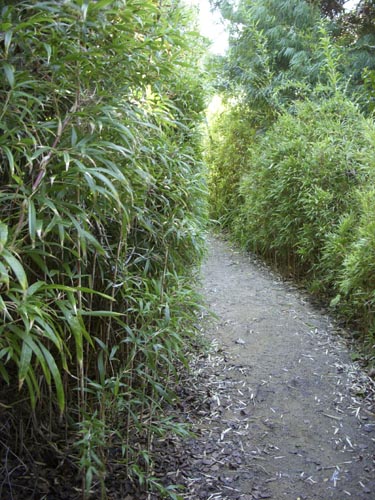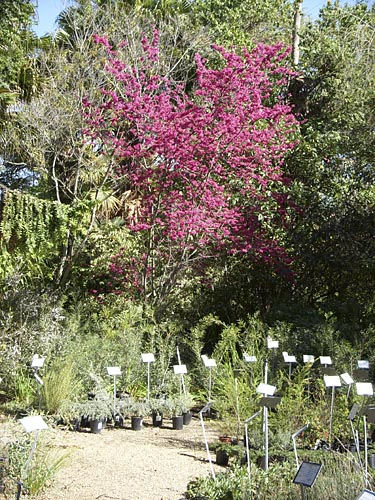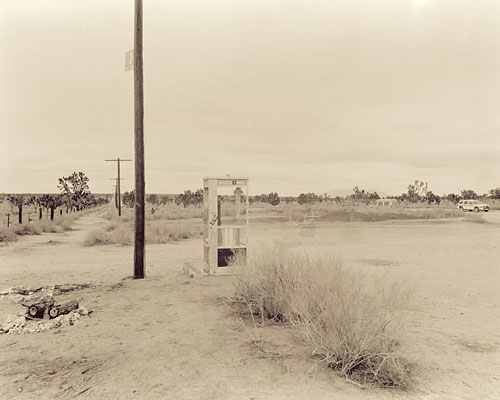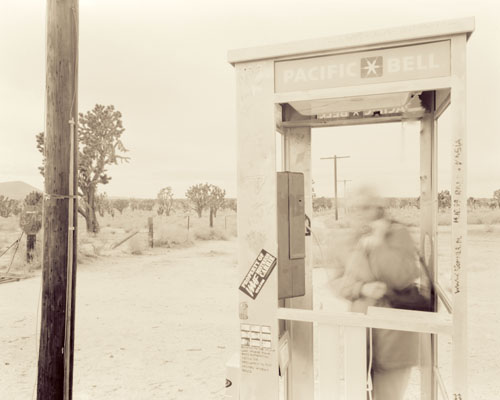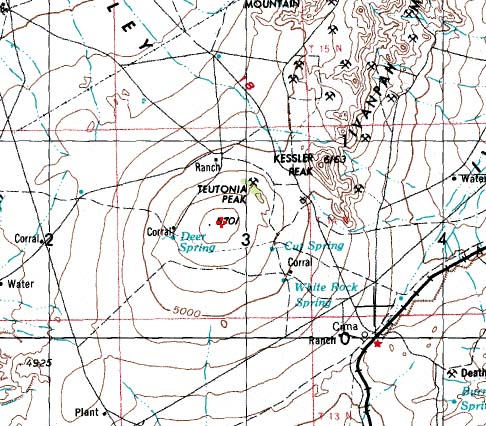At the risk of sounding too much like Christian on Project Runway, I’m about to embark on a little “vay-cay.” I leave San Diego on Wednesday in my old Jeep Cherokee for what could be its last major trip to the American West.
 These days I worry about gas prices, my carbon footprint, and the mechanical reliability of my trusty vehicular companion that I’ve had since it was a baby, back in 1993. My preferred modes of transport the last seven years has been scooters I’ve owned, the first a zippy little Aprilia Scarabeo 150, and now a big Buick of a scooter, a 582cc Honda Silver Wing that weighs over 500 pounds. It has no style, but I got it for cheap. (For all its massiveness, it still gets almost 50 miles to the gallon.)
These days I worry about gas prices, my carbon footprint, and the mechanical reliability of my trusty vehicular companion that I’ve had since it was a baby, back in 1993. My preferred modes of transport the last seven years has been scooters I’ve owned, the first a zippy little Aprilia Scarabeo 150, and now a big Buick of a scooter, a 582cc Honda Silver Wing that weighs over 500 pounds. It has no style, but I got it for cheap. (For all its massiveness, it still gets almost 50 miles to the gallon.)
Above: the Shell station down the hill on April 30, before they raised their prices.
But the thought of strapping two camera bags with three cameras, two serious tripos and a big steel box of film to the scooter sounds a little crazy. And that’s before you factor in the camping gear and multiple changes of clothes to keep me looking semi-snazzy. Important things, you know. Besides, when I floated the idea with John–mostly in jest–his jaw dropped with concern.
“Yellowstone? On a scooter?”
Maybe I was cruel to even scare him like that, particularly after the episode six years ago when he spent seven weeks taking care of me when I was piled into a wheelchair after a little meeting of the body with hard pavement. But the Jeep it will be for this trip. And not only will the trip be in a car, I’ll at John’s urging be packing a cell phone, in case the Jeep breaks down.
That cell is a big move. Even though I’ve been doing email for over twenty years and have had my own web site for well over ten, I’ve been a total Luddite when it comes to cell phones. Yes, they’d be handy to have sometimes, but I’m not willing to chance being turned into one of those people–You know the type: device planted firmly to ear, muttering inanely about foot cream or last night’s pasta salad to whoever will listen, and often doing it in a moving vehicle while driving distractedly like a chauffeur on a Quaalude jag. Pray for my soul, folks.
So, cellphone in pocket, I’ll be heading north through Las Vegas into the Nevada outback, through desert towns with great names like Elgin, Carp(?!), Ely, Pioche, Jackpot and Caliente. (In naming just six cities, I’ve named virtually all the cities on the map on this route that cuts due north through the Great Basin, along the Eastern edge of Nevada.) The nominal destination is Yellowstone, and I intend to get there. But who knows what else I’ll find. There might even be some cellphone reception along the way!


